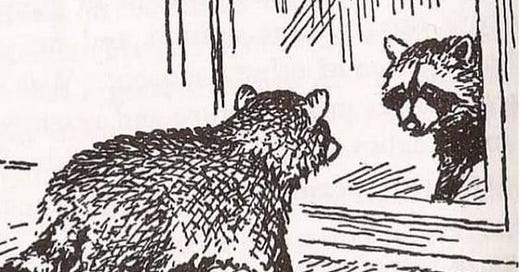Five Ways of Looking at Beauty
Approaching the Fifth House by way of presence, disability, "unself"
For today’s newsletter we are returning to the 5th house. As my previous newsletters have demonstrated, this part of the sky is rich and eclectic. But, if I had to narrow down this house to one word, it might, on a given day, be “Beauty”.
Reading Chloe Cooper-Jones’s recent memoir, Easy Beauty, reminded how complicated this concept can be. Cooper-Jones is a writer and a philosophy professor who is also disabled. She begins the book with an anecdote about two of her fellow grad students debating whether she and people like her should even exist.
As someone who devotes much of her study to aesthetics, she uses her intellect and her personal experience to investigate and open up what beauty can be as well as what it can teach us, if we let it.
Think of each of these chapters as 5th house lessons, of dreams of envisioning a world where Beauty is not a static category that simply reifies social hierarchies. What of beauty that is more than meets the eye?
Beauty as Process
Part of the reason that J*dran P*terson’s recent twitter scandal was so funny was because he became incensed by the forces of “authoritarian tolerance” suggesting a widening of what we consider beautiful.
It’s a childish hill to die on and, if anything, shows the limits of his mind.
“Symmetry is predictable;” Cooper Jones tells us. “I am soothed but not surprised”. The presence of a cis, white, thin model on the cover of a magazine, rather than the plus-size woman Peterson was criticizing, does just that; anesthetize our sensibilities and confirm our most superficial ideas of beauty.
Cooper-Jones is more interested, on the other hand, in “beauty’s dissonance”: “a welcome fever, a palpitant thrill, pleasure ill at ease, a turned stomach, a chill, prickling hairs, goose bumps, high attention,” or things that stimulate rather than soothe the senses. She goes on:
And I have felt that high attention in the presence of art, people, ideas, sounds, storms, sentences, sunsets, streams and rivers and oceans, colors, efforts, failures, loss, pain, and how much of this can be measured? It is both there and not, neither subjective nor objective. I like the vastness. I want to keep the idea of beauty like a stone in my hand, turning it over and over.
This last image sticks with my because it points to the dynamic aspect of beauty. Even when you think you’ve seen it all, there is always more to witness. Though we can default to our mental heuristics and move on, even a conventionally attractive image like a thin model on a beach contains details— sand, palm trees, bits of blemished skin the air brushers may have missed.
Each image, each moment, can be a portal to deeper beauty, if we engage with more than our first thought.
Keep reading with a 7-day free trial
Subscribe to Recent Bedroom to keep reading this post and get 7 days of free access to the full post archives.





